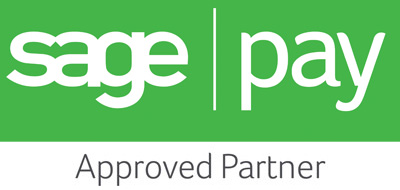The First Steps in an SEO Journey
Many small businesses put search engine optimisation (SEO) on the backburner, relying instead on paid search activity to drive website traffic.This might give you the numbers you want, but it is only part of the story, and crucially one which costs money.Good SEO practices and insight can end up saving you money in the long run as you won't have to be so reliant on paid search and SEM (search engine marketing).
Driving website traffic is often the first goal of any SEO activity, but this is akin to opening the gate at the start of a journey, there is much more to it than just getting people on your website.One of the first things to look at is the bounce rate and scroll depth of your visitors.A high bounce rate (i.e. where people do not stay on the page long enough to read it and are leaving almost straight away) indicates that either they are being directed to the wrong page or the page doesn't have the information they are looking for.Conversely, in some circumstances a high bounce rate can indicate that the visitor found what they needed straight away (such as the answer to a question or a weather report) so contextual analysis is vital for interpreting the traffic statistics correctly.
Ideally you want your visitors to stay on the page, read it, and then continue through to purchase or enquiry, so it's important that you have some way of tracking the user journey.Google Analytics is a great tool for finding this out, as you can set several pathways to track to see where visitors are falling out of the pipeline as they make their way towards a purchase.It can also be useful to analyse the keywords people were searching for when they found your website – if visitors are leaving quickly, or not clicking through to the next page, it may be that the keywords you are targeting aren't the same as the ones your customers are using.
Purchase activity doesn't have to be the sole definition of a converted lead – sometimes you want people to get in touch directly for more information; this is especially true for service providers who don't actually make any direct sales on their website.In these cases, someone clicking through to a product description page represents a conversion, so be mindful of your particular business niche when setting conversion goals and targets for SEO measurement.It is useful to review your SEO goals every 6 months or so to ensure you are still targeting the right audience and still expecting the right activity from your website visitors, especially if you make any changes to your website structure or copy.
It's also important to stay on top of the latest developments in SEO technology as it is very easy to get left behind, or lose sight of the bigger picture when you're focused on getting website visitors to stay on your site and visit more pages.It's very useful to have an agency on board to help with this, as to the layperson the SEO world can be very confusing.
When you are embarking on an SEO journey it's important to bear in mind that the voyage will be one of discovery and education as well as success – more akin to a luxury cruise than a non-stop flight to LA.SEO activities take time to grow before they show results, so patience is very important.You won't get the same immediate bang for your buck as with PPC campaigns but the slow growth and rising up the search rankings will pay off, and mean you won't need to spend as much in the future on getting good leads from the internet.
Parua are here to be by your side on this journey and act as SEO Sherpa’s to help you navigate the journey from setting out to reaching the summit – in this case the number 1 page on Google.
